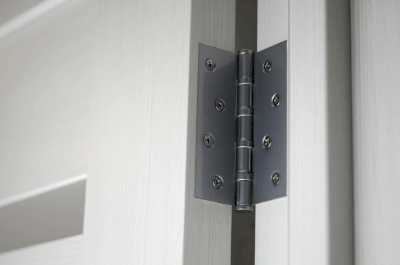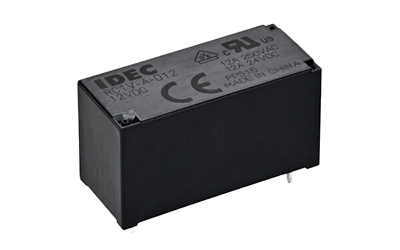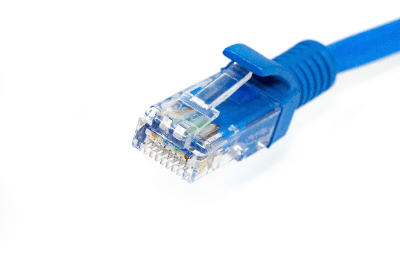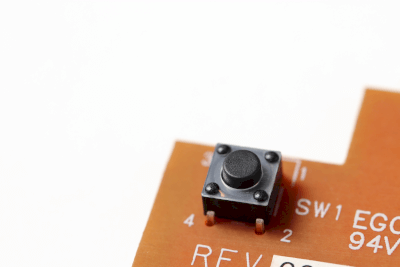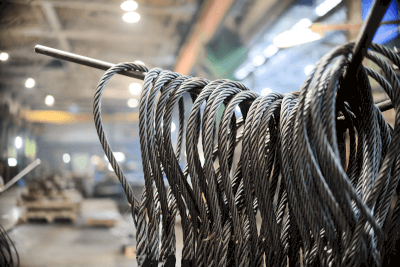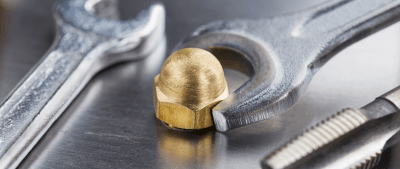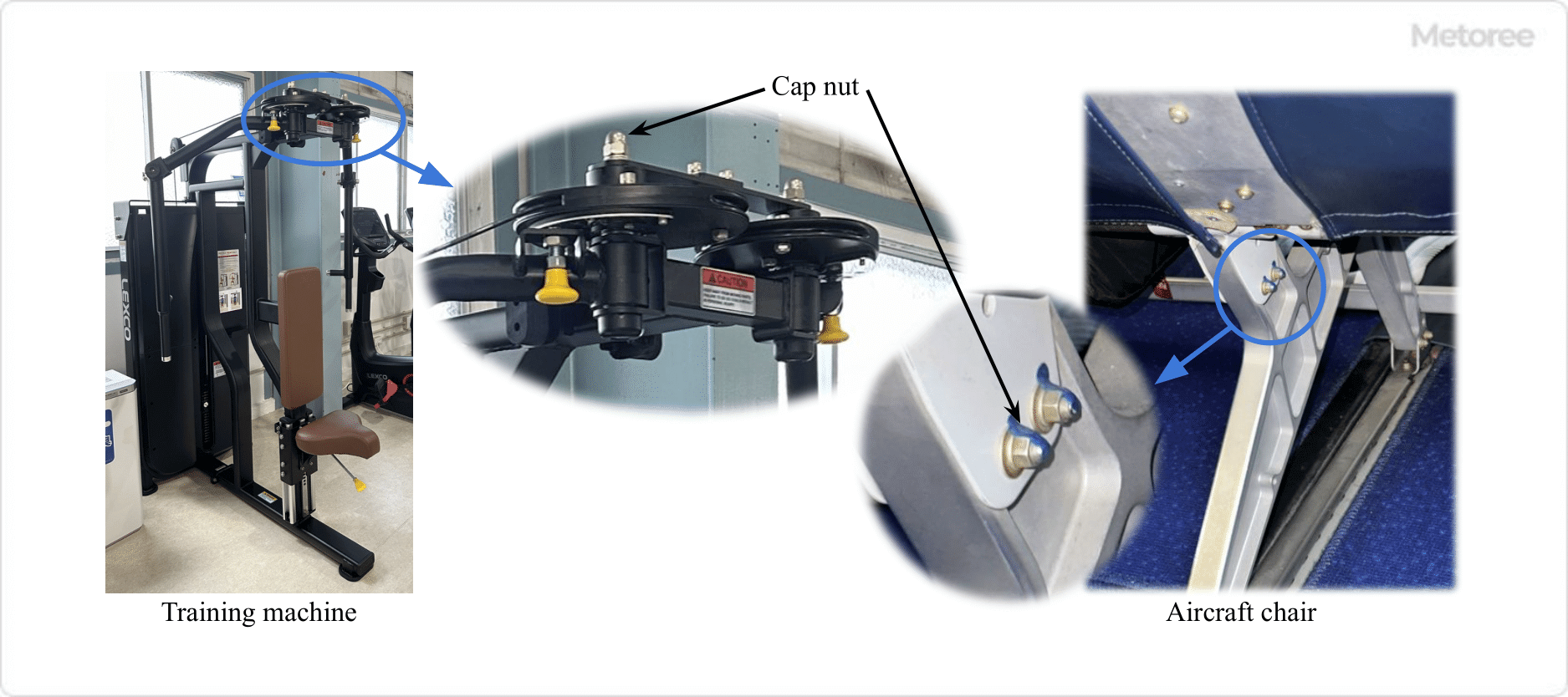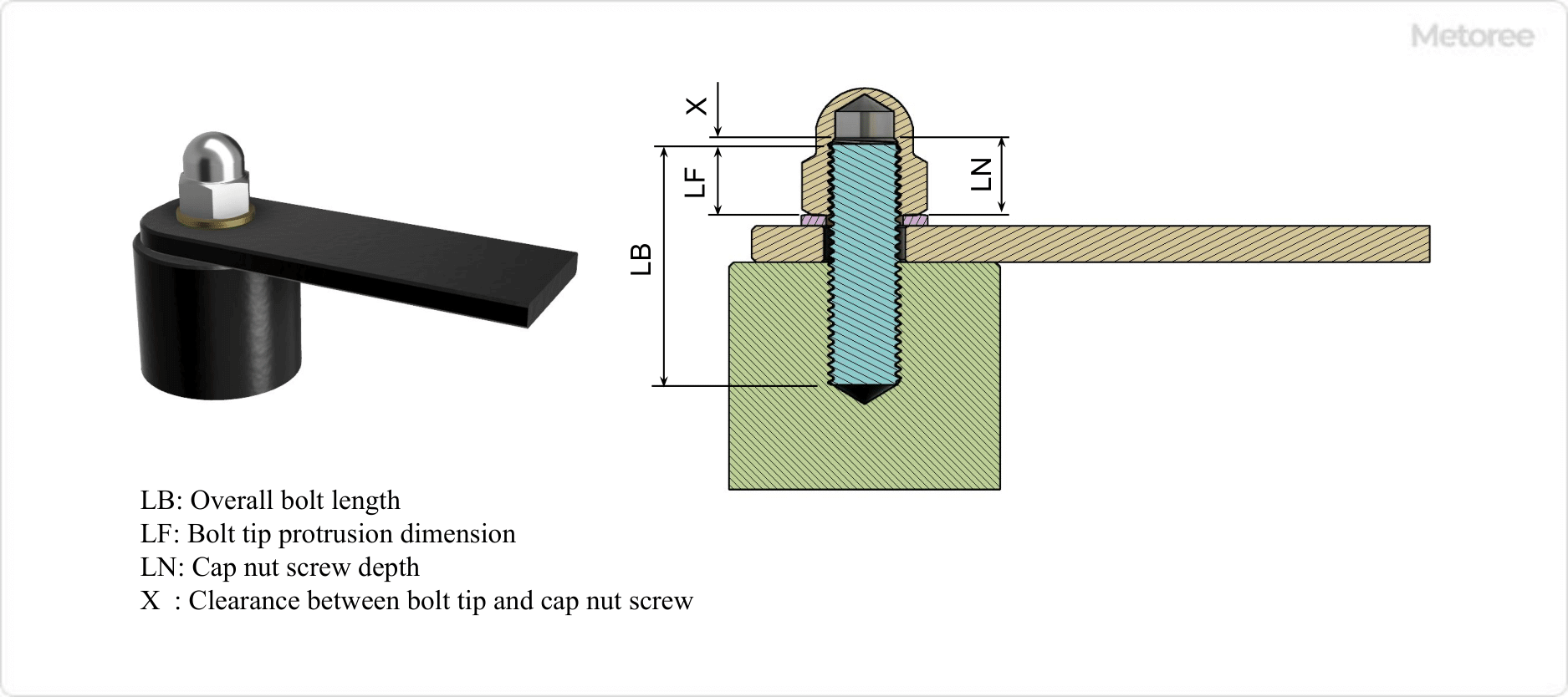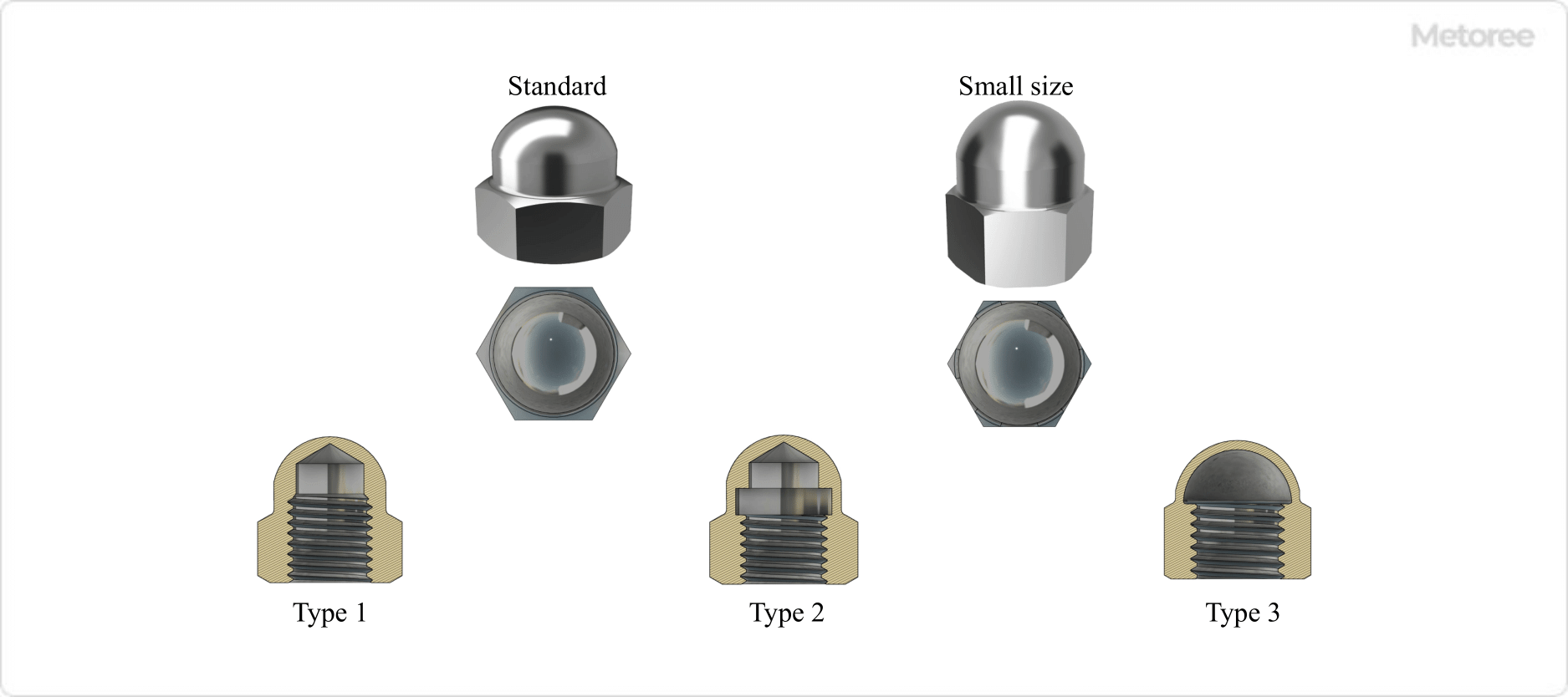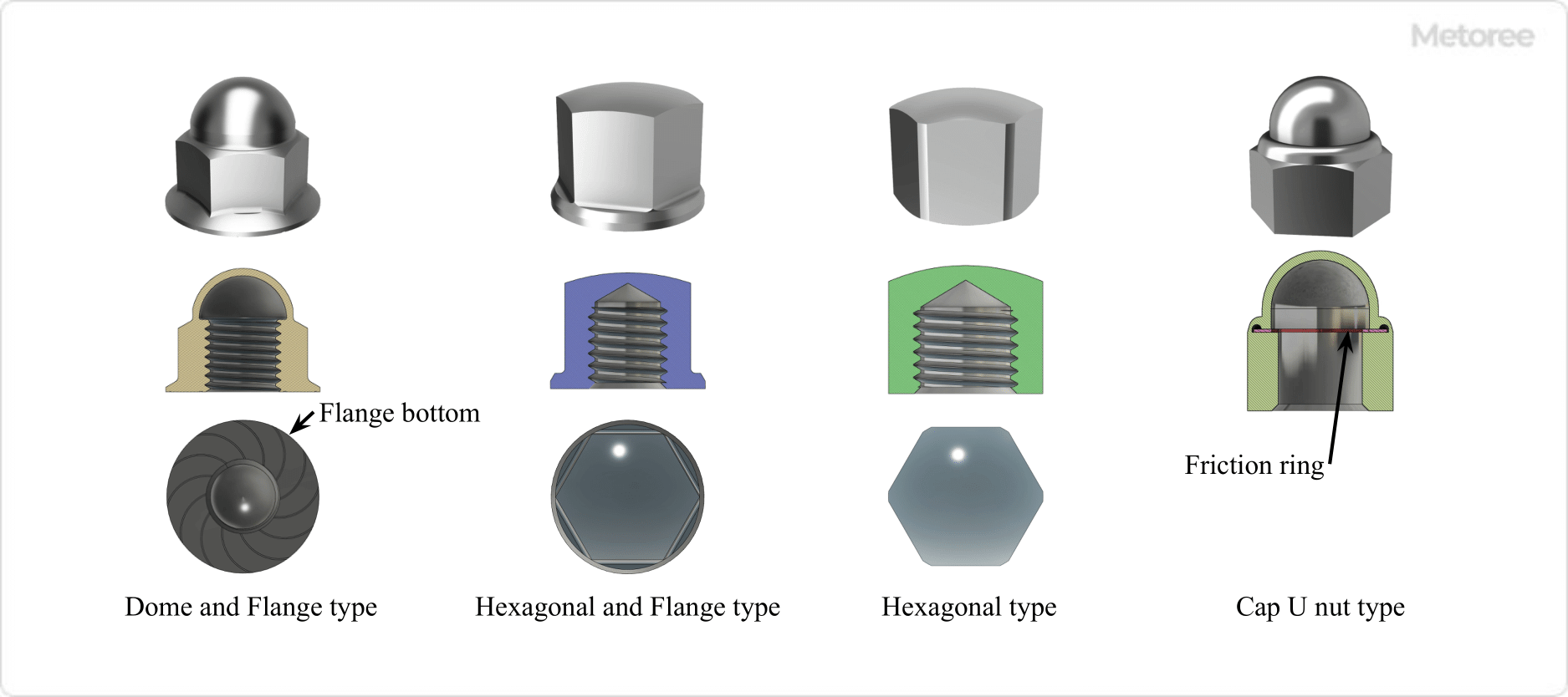What Is an Audio Amplifier?
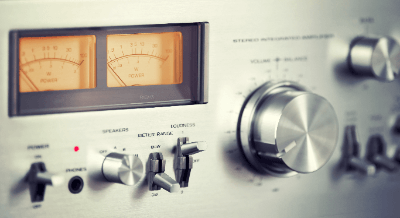
An audio amplifier is a device that amplifies music signals for music playback through speakers or headphones.
Music signals may be output from media, such as records or CDs, through a playback device called a player, or they may be transmitted via FM radio broadcasts or the Internet. The primary role of an audio amplifier is to amplify these music signals to provide enough power to drive speakers and headphones.
Uses of Audio Amplifiers
Audio amplifiers are used to play music through speakers. On the other hand, devices that handle music signals include record players, CD players, FM tuners, network players, etc. The maximum output voltage of a CD player is about 2 V, while the signal from a record player is a weak analog signal of about 1 mV. A network player may have a digital signal output.
Audio amplifiers select the desired one from these input signals and output music signals that drive speakers and headphones through frequency response correction and volume level adjustment mechanisms. When watching TV or movie software, audio signals may also be input to an Audio Amplifier to drive external speakers for a more realistic sound.
Audio amplifiers used for this purpose are also called AV Amplifiers and are characterized by their multi-channel output (5.1 channels or more).
Principle of Audio Amplifier
An audio amplifier consists of a preamplifier section that processes the incoming music signal and a power amplifier section that amplifies the power of the music signal.
1. Preamplifier
The preamplifier consists of processing circuits according to the signal source, an input signal selection switch, a tone control circuit to strengthen or weaken the bass and treble frequencies, and a volume control to adjust the volume. The above processing circuits include the following, which can handle a variety of signal sources.
- Phono Equalizer Amplifier
Corresponding to record playback
- Buffer Amplifier
Receives signals from CD players, etc. in a high-impedance state and transmits music signals in a low-impedance state to the circuit in the next stage
- D/A Converter
Converts digital input signals from the USB port to analog music signals
2. Power Amplifier
This circuit is used to amplify the output signal from the preamplifier to drive speakers. The output power required ranges from several tens of watts to over a hundred watts. Since the speaker impedance is as small as 4 to 8 ohms, the output impedance of the power amplifier must be as low as possible.
Types of Audio Amplifiers
Audio amplifiers can be classified into the following forms based on the purpose of music reproduction and required performance.
1. Pre-Main Amplifier
This is a common type of audio amplifier that combines a preamplifier and a power amplifier in a single housing. Since it does not have a built-in signal source, it is used by connecting a CD player, FM tuner, or other device to the input terminals. Multiple sound sources can be connected, so the desired one can be selected with the selection switch to sound the speakers.
2. Separate Amplifier
The preamplifier and power amplifier are housed in separate enclosures, and this type of product is required when extremely high-quality music reproduction is desired. The power amplifier drives a large amount of power, but it has the advantage that the noise generated by the power amplifier does not affect the preamplifier.
However, the products available are expensive and therefore not common.
3. Receiver
A preamplifier with a built-in FM tuner is sometimes called a receiver. Once used in relatively inexpensive stereo systems, this form of product has become less common in recent years.
4. Headphone Amplifier
This audio amplifier is designed specifically for listening to music through headphones, without using speakers. Since the power required to drive headphones is about 100mW and a large power amplifier is not necessary, small products are being sold.
Audio amplifiers in this form have increased dramatically since music distribution over the Internet became widespread. Another feature is that many models have a built-in D/A converter so that they can receive digital music signals as they are.
5. AV Amplifier
As mentioned above, this amplifier is used for viewing TV programs and movie software. It incorporates a number of power amplifiers to take advantage of special sound effects by arranging multi-channel speakers.
